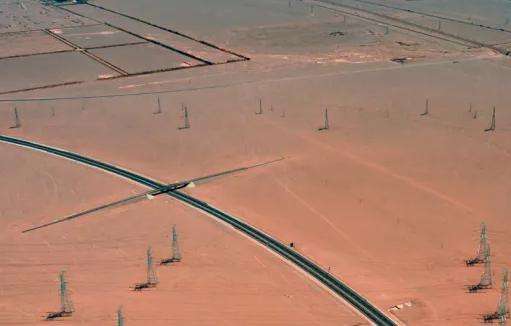How to use floor heating
Firstly, floor heating is distributed under the floor tiles, because there are floor heating pipes distributed under the floor tiles. This distribution is uniform, which means. that underfloor heating can make the entire indoor temperature more uniform, eliminating the past situation where heating caused uneven heating of the entire space. However, when it comes to the use of, underfloor heating is so popular. underfloor heating, the underfloor heating cannot be switched on at any time. It is best to turn off underfloor heating when not in use.
Because only in this way can the internal heat circulation of the underfloor heating be better and the service life longer. Underfloor heating relies on hot water circulating indoors to provide heat if the pipe is opened lwhen the heating is turned on. Underfloor heating is not used, water circulation will occur. Much of the plankton is adsorbed around floor heating pipes. Over time, this plankton will affect the heat dissipation of the floor heating if the floor heating is not cleaned for a long time. , the longer the floor heating is used, the worse its cooling effect will be. In order to maintain the circulation of water flow of the floor heating, for the floor heating to have a good heat dissipation function, the switch of the floor heating must be turned on. be turned off in time and the underfloor heating should be cleaned regularly. Only in this way can you have a warm environment.
Regarding the cleaning of the underfloor heating, if you want to reduce the number of cleanings, you can design a filter at the inlet of the underfloor heatingol. This way the filter will prevent some of the plankton from entering. , which will naturally reduce the number of cleanings of the underfloor heating. You can also use some chemical reagents, dilute them with water and pour them into the floor heating pipe for cleaning. Generally, these reagents are stored in the floor heating pipe for cleaning. three hours before being discharged, the plankton will also be discharged with the water due to the emulsification of the chemical reagents. This way the interior of the underfloor heating becomes cleaner. When there is no biological obstruction inside the underfloor heating, the flow of it. water and external heat dissipation are better.
In winter, underfloor heating, just like air conditioners, is used very frequently because underfloor heating can provide us with warmth. In addition to electric underfloor heating, there arenow a very good method of heating, water underfloor heating. Water underfloor heating has many advantages. Many people don't know much about water underfloor heating. So, how long can water underfloor heating be used? How many heating methods are there for water underfloor heating? Let's take a look below.
How long can water floor heating be used?
The lifespan of water floor heating mainly refers to the life of buried pipes . Many manufacturers will say that the lifespan can reach. 50 years. Water floor heating is a hidden project, and water floor heating pipes circulate hot water at 60 degrees, so the material requirements are very high. Water floor heating systems must strictly select the type, grade, manufacturing process and quality of pipes. Only in this way can water underfloor heating have a lifespan of 50 years or more.
There are several heating methods for water underfloor heating
1. The direct heating method using a heat transfer fluid.
2. A method of using a thermal fluid to indirectly heat water through various heat exchange equipment to obtain hot water.
3. Use electric energy to heat water through the water heater to obtain hot water.
4. A method of converting solar energy into thermal energy to heat water.
Editor's reminder:
WaterWhatever method is used for underfloor heating, hot water must be clean and non-polluting, so as not to cause harm to human skin. Domestic hot water must be heated with clean tap water. When river water, lake water, well water, etc. are used for heating,it must be filtered and disinfected before use. In areas with very hard water, the water must be softened to prevent scaling of the tube bundles in the heat exchanger and a reduction in heat exchange capacity. In severe cases, pipes may become blocked and cannot be used, let alone in the food industry. .














